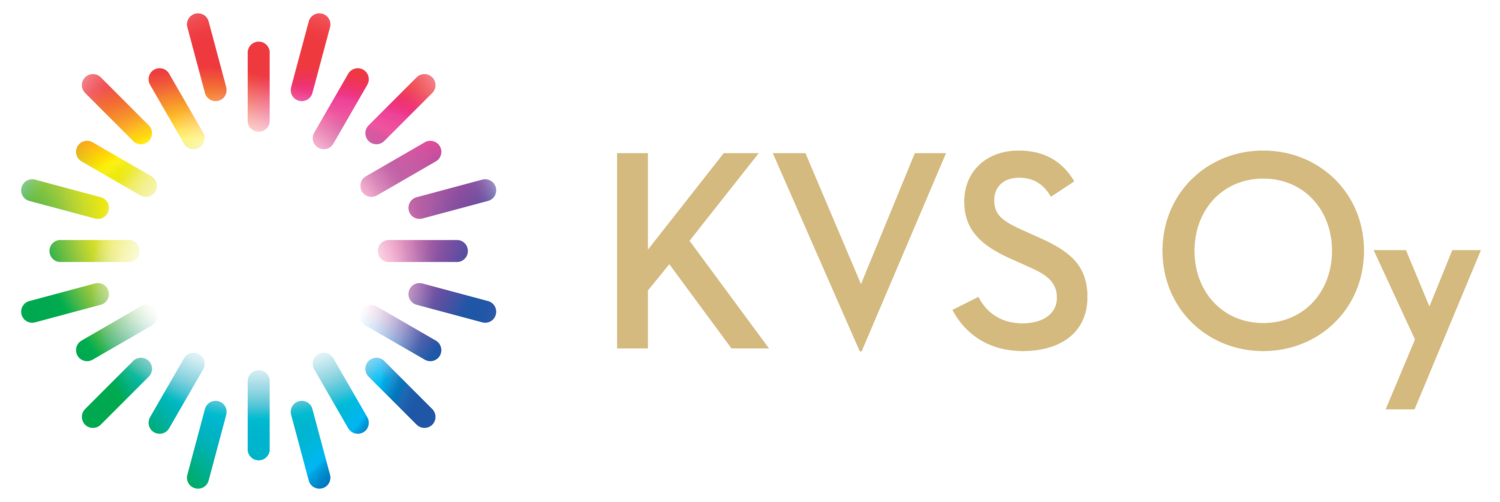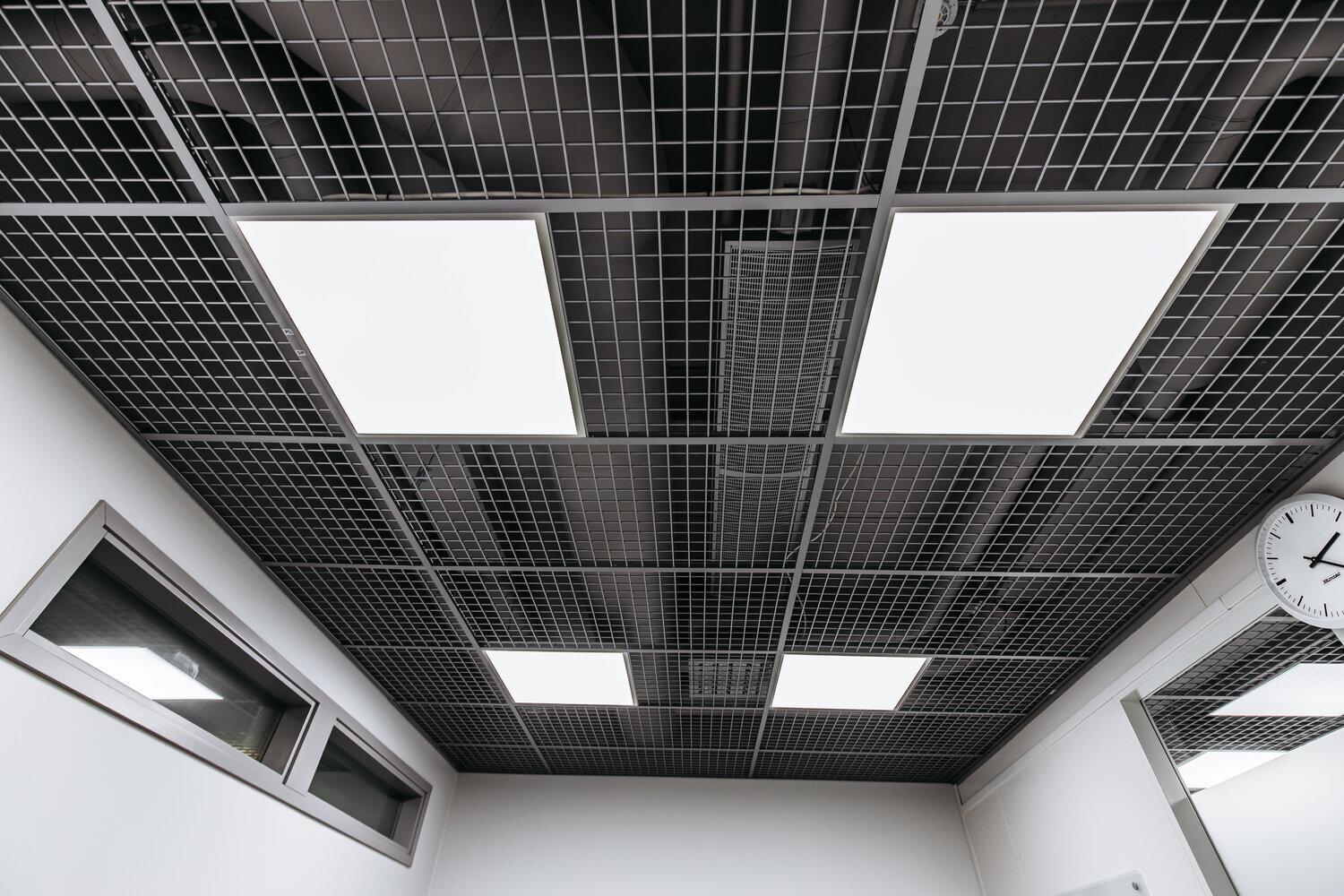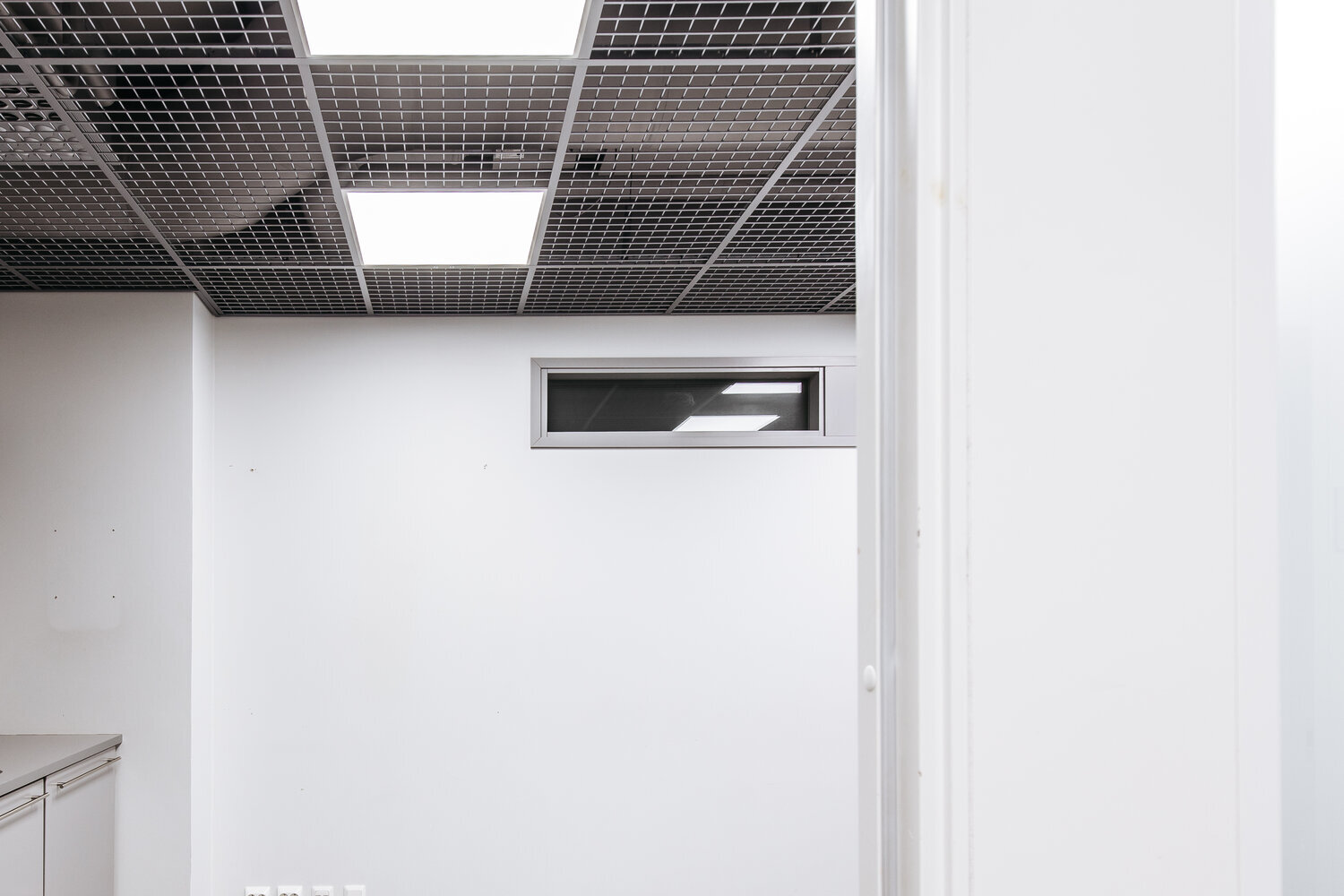Casambilla for healthy lighting control
If we didn't have light, there wouldn't be life. Light is a source of energy and has a significant impact on health. The sun is also one of the sources of vitamin D. Finland has a long dark season and it is therefore important that homes, workplaces and public spaces are equipped with proper and healthy lighting.
Healthy lighting
Healthy light can also be produced with artificial light, which Finns have to rely on for a larger part of the year. Healthy lighting is, for example, that the space in which you are in has sufficient luminousness, adjustable, even and unscrupulous lighting. Light sources must also be of high quality: light colouring (CRI) suitable and colour-coloured, light vibration as low as possible and efficiency in light source good.
Special attention should be paid to the placement of light sources and the production of light from lamps. The light source must not hit the field of vision directly. Reflections from different surfaces, such as displays, TV and worktops, must be weeded out. All reflective surfaces between the object of the gaze and the viewer must also be eliminated.
In working environments, healthy lighting must be adaptable according to the employee. The Finnish Institute of Occupational Health (TTL) will also comment on the matter. Why would I do that? People are different and the need for light changes with age. TTL says that for 60-year-olds, visual adeccession is on average half that of a 20-year-old: "This meansthat a 60-year-old needs 12 times the luminous intensity to get the same visual impression as a 20-year-old" -states TTL.
Good and adaptable lighting has an impact on working efficiency
Studies show that demanding visual tasks have clearly achieved productivity gains by increasing the lighting intensity (Lumen) well above the baseline of standards. Studies also show that the number of errors decreased significantly as the overall alertness level increased. Increasing lighting intensity has the greatest impact on older workers. A complete renovation of lighting can also achieve energy savings. The greatest energy saving is achieved when the lighting can be adjusted personally. In addition, various presence sensors and timer support functional and energy-efficient lighting.
Surface contrasts, lighting intensities, colours and reflection ratios are essential key factors in the rendering of spaces. In indoor lighting, one of the most important features is the colouring capacity of light sources. High-quality coloring reproduces colors correctly and this increases the availability of information about the environment. Light and colour affect people's state of mind and, by doing so, work efficiency.
The right light orientation and positioning will remove harmful shadows from the main viewing target. On the other hand, light orientation and shadow formation are important factors in identifying the shape of the viewing object. They also provide depth and space impressions. Shadows that are too large should be avoided on access routes or in spaces where large pieces are handled, for example.
Efficient work is only possible if the ergonomics of the workstation are in order. Taking into account the personal lighting factors associated with ergonomics can increase the cost of lighting installation, especially in the traditional way. On the other hand, high-quality and healthy lighting increases productivity through improved work efficiency and reduced absenteeism.
With modern technology, arranging individual and adjustable lighting situations is very simple and does not entail high additional costs when purchasing new luminaires. It is possible to quickly amort the potential additional costs with better energy efficiency and intelligent lighting control. Intelligent control means, for example, presence sensors, timeouts and daylight machines. The most cost-effective way to implement such a thing is through a wireless system. Through lifecycle thinking, investing in a more versatile lighting system pays for itself very quickly.
Casambi for healthy lighting control
Have you considered how carefully electrical designers should plan everything related to electricity? First, lighting is planned, and then we consider how to control light groups. A lot of time is spent planning this step. If the object is implemented with typical automation, it is possible to reprogram the controls up to a certain limit. There can be a lot of limiting factors and often changes take a lot of time and money. It can also be challenging to find a professional programmer.
There are challenges in both the objects of automation-implemented and conventional electricity when the walls of the premises change the place. e.g. different office spaces can change shape very frequently. How can lighting control actually be implemented if the walls change? For this, KVS has a revolutionary solution for electrical design and implementation. The ecosystem is called Casambi.
Casambi is a Finnish invention based on BLE technology that is sustainable for the future. So BLE is Bluetooth Low Energy technology. This BLE is the only low-power transmitter technology supported by modern smart devices worldwide. The Casambi ecosystem was being developed even before any BLE devices had been seen on the market. One of the most important things about Casambi is the openness in which Casambi is able to support all lighting solutions.
Casambi's operating principle is based on the MESH wireless network. The principle of MESH topology could be opened up in such a way that it is comparable to a fishing net where each node is a Casambi device, e.g. a lamp. Every knot chats to other nodes in its coverage area. In this case, the network is particularly reliable and strong. The mains will not go down if a device fails in between. The smart features of each device work independently. Casambi is ideal for both new and renovation projects. Whether the target is residential, office, or public space, the system scales to every need.
A significant and revolutionary difference from other systems is that from the point of view of electrical and lighting design, the greatest focus can be placed on the design of high-quality lighting, not forgetting traditional sockets and computer network. However, the most important thing about the ceiling and lighting is that the lamps only have constant electricity.
When the construction site is ready and all the lamps are connected, the desired switches are placed only then in the places where the lights are desired to be controlled. Switches are wireless and radiator-free. Installation is carried out directly on the finished surface, either with screws or tape. The switches are powered by 20-drubbing electricity. If desired, changes can be made very quickly. The using the ushers may not even be needed, as different timers and daylight controls can be made in the system, in which case the automation handles lighting independently. The system recognizes the location and retrieves the coordinates of the location. Casambi then knows exactly how the sun in the location rises and sets.
We will tell you more about Casambi's features later in our blog.
Jussi Vainio and Jukka Asp of KVS Oy have Finland's first Casambi Comissioning certificates. They are entitled to do both small and large casambi site designs, commissionings and documentation. KVS Oy also acts as a Casambi wholesaler.




